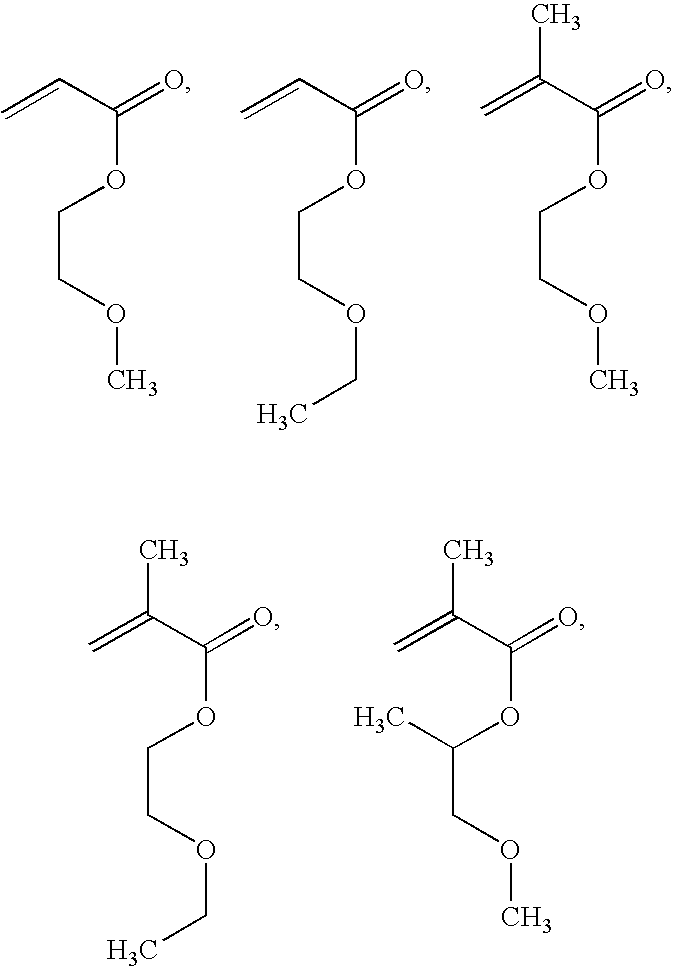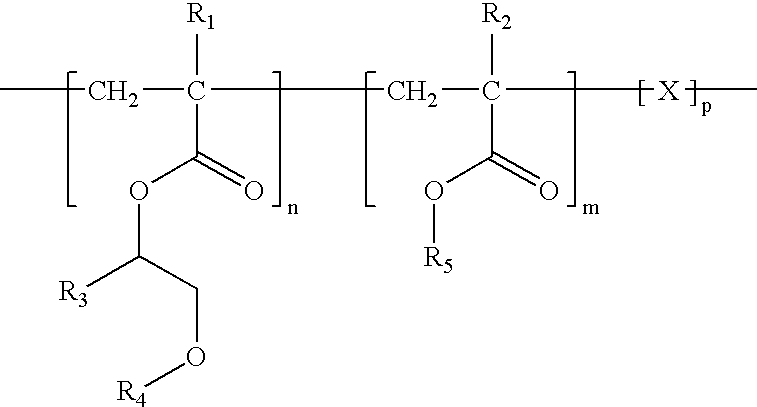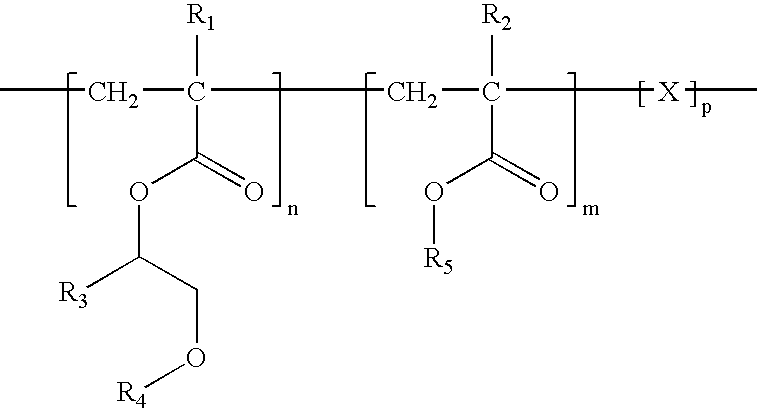Coating on a balloon comprising a polymer and a drug
a technology of balloon and polymer, which is applied in the direction of dilators, prostheses, pharmaceutical packaging, etc., can solve the problems of intimal flaps or torn arterial linings which can collapse, occlude blood conduits, and few challenges in the art of drug delivery stents, etc., to achieve good mechanical integrity, rapid drug release, and good mechanical integrity
- Summary
- Abstract
- Description
- Claims
- Application Information
AI Technical Summary
Benefits of technology
Problems solved by technology
Method used
Image
Examples
Embodiment Construction
[0029]The present invention provides a medical device and methods of making and using the medical device. The medical device comprises a balloon that comprises a coating on at least a portion of the surface of the balloon. The coating comprises a bioactive agent and a biodurable polymer having a glass transition temperature (Tg) below 37° C. when hydrated. the polymer comprises units from an alkoxy acrylate, a methacrylate, vinyl pyrrolidone, or PEG-acrylate. The coating provides a burst release of the bioactive agent such that upon exposure to a physiological condition a majority of the bioactive agent is released from the coating within a period of about 60 seconds. The biodurable polymer can be a homopolymer or copolymer. The bioactive agent can be any agent that imparts therapeutic effect to a patient receiving the agent. In some embodiments, the bioactive agent is zotarolimus.
[0030]In some embodiments, in connection with any or all the above embodiments above, the medical devic...
PUM
| Property | Measurement | Unit |
|---|---|---|
| Tg | aaaaa | aaaaa |
| luminal diameter | aaaaa | aaaaa |
| luminal diameter | aaaaa | aaaaa |
Abstract
Description
Claims
Application Information
 Login to View More
Login to View More - R&D
- Intellectual Property
- Life Sciences
- Materials
- Tech Scout
- Unparalleled Data Quality
- Higher Quality Content
- 60% Fewer Hallucinations
Browse by: Latest US Patents, China's latest patents, Technical Efficacy Thesaurus, Application Domain, Technology Topic, Popular Technical Reports.
© 2025 PatSnap. All rights reserved.Legal|Privacy policy|Modern Slavery Act Transparency Statement|Sitemap|About US| Contact US: help@patsnap.com



